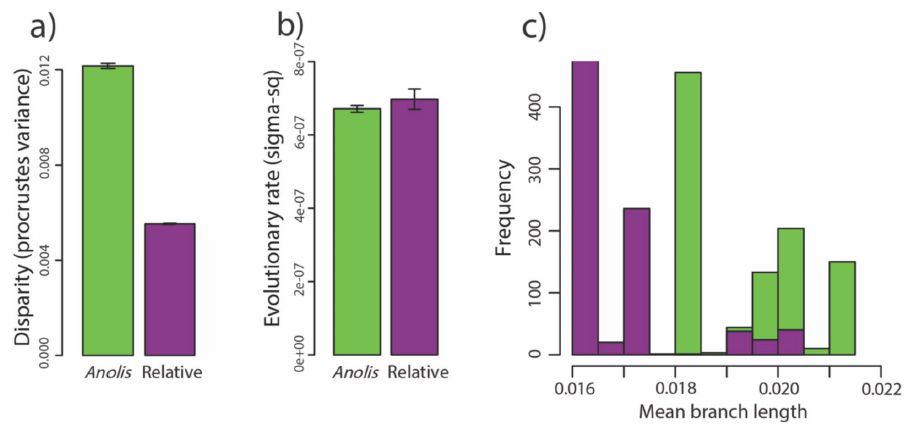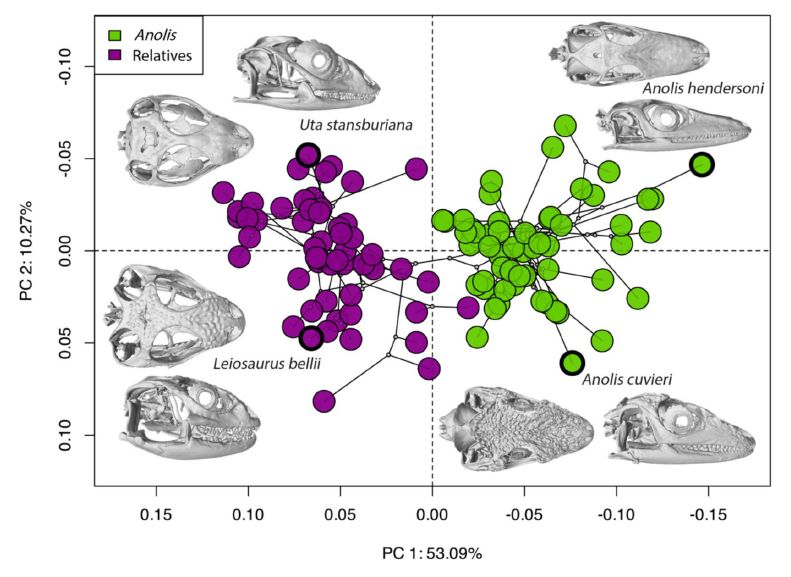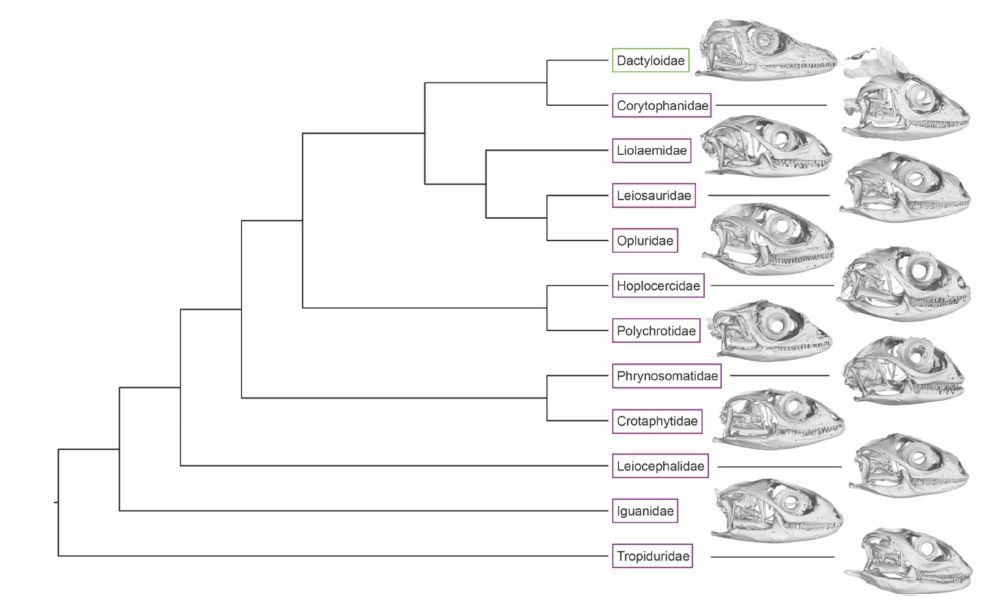
Evolution and development of lizards focusing on the face and genitalia
Teaches classes on animal diversity, the evolution of sex, and science communication
anolisevodevo.space
Come on out on November 4th for a fun time talking about the biology of sex over a beer.

Come on out on November 4th for a fun time talking about the biology of sex over a beer.

academic.oup.com/icb/advance-...

academic.oup.com/icb/advance-...
integrativeandcomparativebiology.wordpress.com/2025/10/14/h...

integrativeandcomparativebiology.wordpress.com/2025/10/14/h...


mailchi.mp/sicb.org/sic...

mailchi.mp/sicb.org/sic...
















Meeting: January 2-6, 2024 in Seattle WA.
Abstract deadline: August, 29, 2023.

Meeting: January 2-6, 2024 in Seattle WA.
Abstract deadline: August, 29, 2023.
This image is from a 2021 study we did demonstrating that embryonic thermal stress can have severe impacts on lizard development. This embryo is completely missing its forebrain and face.

This image is from a 2021 study we did demonstrating that embryonic thermal stress can have severe impacts on lizard development. This embryo is completely missing its forebrain and face.


